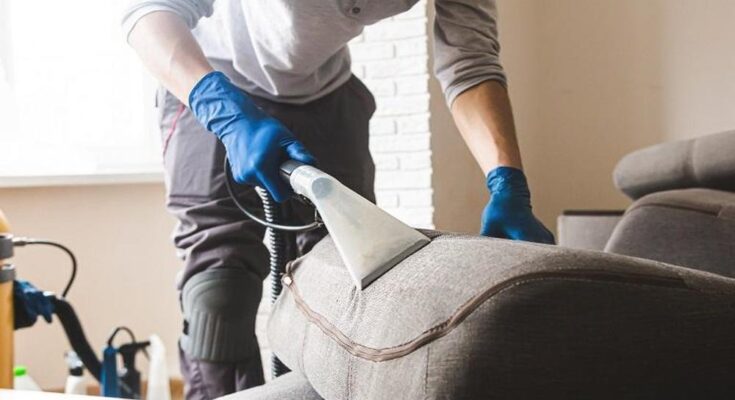Sofa Repair a sofa at home can be a cost-effective way to extend the life of your furniture. Here are some basic steps for repairing a sofa at home:
Assess the damage and clean the area:
Take a close look at the damaged area of the sofa repair to determine the extent of the damage and what materials you may need to repair it. Use a mild cleaning solution to clean the area around the damage, removing any dirt or debris that may interfere with the repair process.
Patch or replace the upholstery:
Depending on the type and severity of the damage, you may need to patch or replace the upholstery. This can involve cutting a piece of fabric to size and gluing or sewing it onto the damaged area, or completely removing and replacing the upholstery.
Repair the frame:
If the sofa’s frame is damaged, it may need to be repaired or reinforced. This can involve adding additional screws or brackets to secure loose joints or replacing damaged wood or metal pieces. Once all repairs have been made, reassemble the sofa and test it to ensure that it is stable and comfortable. It’s important to note that some repairs may require specialized tools or expertise and may be best left to professional furniture repair services.
Which type of fabric is used for our sofa repair?
The type of fabric used for sofa repair will depend on the specific needs of your sofa and the type of damage that needs to be repaired.
If you need to patch a small tear or hole in the upholstery, you may be able to use a piece of fabric that matches the color and texture of the existing upholstery. This can be cut to size and glued or sewn into place. For larger repairs, you may need to replace the entire upholstery. When selecting fabric for this type of repair, it’s important to choose a durable and easy-to-clean fabric that is appropriate for the intended use of the sofa.
Commonly used fabrics for sofa repair include cotton, polyester, nylon, and leather. Cotton is a popular choice for its softness and versatility, while polyester and nylon are often chosen for their durability and resistance to stains and fading. Leather is a more expensive option, but offers a luxurious and long-lasting look. It’s important to choose a fabric that matches the existing upholstery in terms of color, texture, and style to ensure a seamless repair. Additionally, it’s a good idea to choose a fabric that is easy to clean and maintain to help prolong the life of your repaired sofa.
How can you make a sofa repair more comfortable?
Here are some tips to make a sofa repair more comfortable:
Use high-quality materials: When repairing your sofa, be sure to use high-quality materials that will last and provide a comfortable seating surface. Choose a fabric that is soft and comfortable and foam padding that is supportive and durable.
Take your time: Rushing through a sofa repair can lead to mistakes and an uncomfortable result. Take your time to carefully patch or replace the damaged area, and test the sofa frequently to ensure that it is comfortable and stable.
Consider adding extra padding: If your sofa has lost its cushioning over time, consider adding extra foam padding to make it more comfortable. This can be added under the existing upholstery or as a separate cushion on top of the seat.
Hire a professional: If you’re not comfortable with repairing your sofa yourself, consider hiring a professional furniture repair service. They can provide a high-quality repair that is both comfortable and long-lasting.




